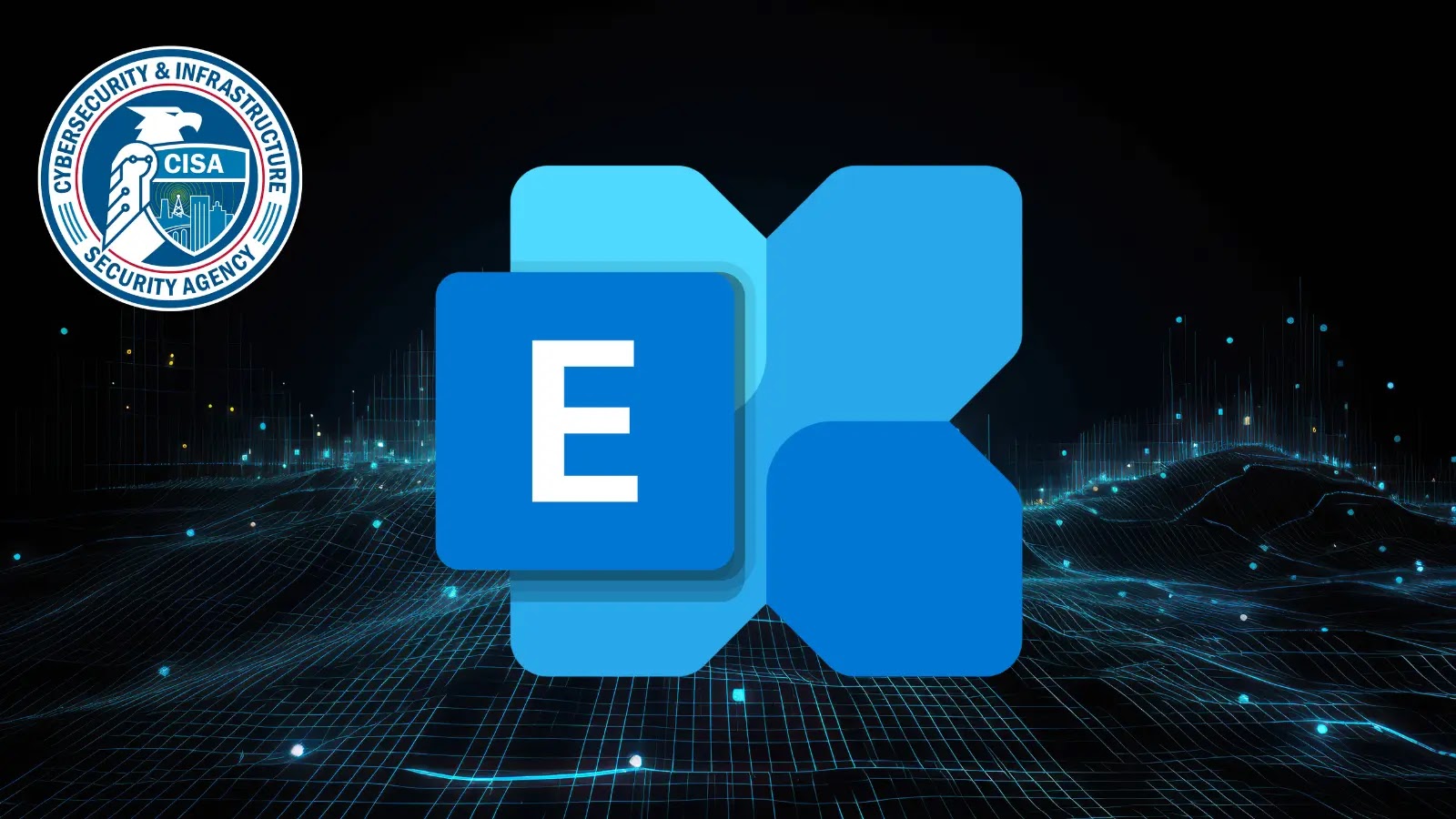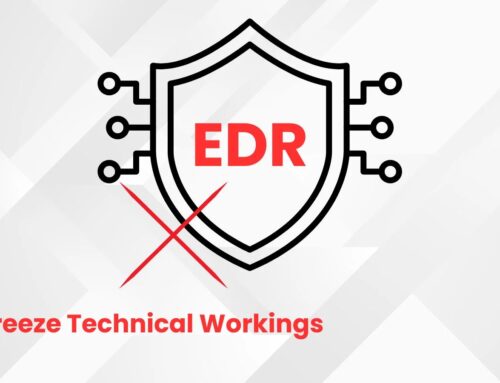
CISA Releases Emergency Advisory Urges Feds to Patch Exchange Server Vulnerability by Monday
Urgent Action Required: CISA Mandates Immediate Patching of Critical Exchange Server Vulnerability (CVE-2025-53786)
The cybersecurity landscape is in constant flux, and organizations must remain vigilant against emerging threats. A recent emergency directive from the Cybersecurity and Infrastructure Security Agency (CISA) underscores this urgency, compelling all Federal Civilian Executive Branch (FCEB) agencies to address a critical new vulnerability in Microsoft Exchange servers without delay. This advisory highlights a severe risk that, if unaddressed, could lead to significant lateral movement within affected networks. The deadline for remediation is rapidly approaching: 9:00 AM EDT on Monday, August 11, 2025.
Understanding CVE-2025-53786: The Hybrid-Joined Exchange Server Flaw
The vulnerability at the center of CISA’s emergency directive is identified as CVE-2025-53786. This newly disclosed flaw specifically impacts Microsoft Exchange servers that are part of a hybrid-joined environment. A hybrid-joined setup allows organizations to seamlessly integrate their on-premises Active Directory with Azure Active Directory, providing flexibility but also introducing new attack surface considerations.
The core danger of CVE-2025-53786 lies in its potential for lateral movement. Adversaries who have already gained administrative access to an on-premises Exchange server can exploit this vulnerability to pivot into connected systems. This significantly amplifies the risk, as an initial compromise could rapidly escalate into a broader network infiltration, potentially leading to data exfiltration, system disruption, or further malicious activities.
Why the Urgency? CISA’s Emergency Directive
CISA’s decision to issue an emergency advisory rather than a standard directive reflects the high severity and immediate exploitability associated with CVE-2025-53786. Such directives are reserved for vulnerabilities that pose an unacceptable risk to federal networks and national security. The short deadline provided to FCEB agencies emphasizes the immediate threat posed by this flaw and the potential for active exploitation by sophisticated threat actors.
While this directive specifically targets federal agencies, its implications extend to all organizations utilizing hybrid-joined Microsoft Exchange environments. It serves as a stark reminder that vulnerabilities impacting widely used enterprise software can quickly become high-priority targets for attackers. Proactive patching and robust security practices are paramount.
Remediation Actions: Patching and Mitigation Strategies
For all organizations, and especially those subject to CISA’s directive, immediate action is crucial. The primary remediation for CVE-2025-53786 involves the application of vendor-provided security updates. Here’s a breakdown of recommended steps:
- Prioritize Patching: Identify all on-premises Microsoft Exchange servers, particularly those in hybrid-joined configurations. Apply the latest security patches released by Microsoft that specifically address CVE-2025-53786. Ensure that updates are sourced directly from official Microsoft channels.
- Verify Patch Application: After applying patches, thoroughly verify that the updates have been successfully installed and are active across all relevant Exchange servers.
- Review Administrative Access: Given that the vulnerability requires prior administrative access, conduct a comprehensive review of all accounts with administrative privileges on Exchange servers. Implement the principle of least privilege, ensuring that only essential personnel have such access.
- Monitor for Suspicious Activity: Enhance monitoring of Exchange server logs and network traffic for any indicators of compromise (IoCs) related to lateral movement or unauthorized access attempts. Pay close attention to unusual authentication patterns or resource access.
- Network Segmentation: If not already in place, consider implementing or strengthening network segmentation to limit the potential reach of an attacker even if an initial compromise occurs. This can help contain lateral movement.
- Incident Response Plan Review: Ensure your organization’s incident response plan is up-to-date and that teams are prepared to act swiftly in the event of a compromise.
Tools for Detection and Mitigation
While direct patching is the primary solution, various security tools can assist with vulnerability management, detection of compromises, and overall network hygiene:
| Tool Name | Purpose | Link |
|---|---|---|
| Microsoft Defender for Endpoint | Endpoint Detection and Response (EDR), Threat Intelligence | https://www.microsoft.com/en-us/security/business/threat-protection/microsoft-defender-for-endpoint |
| Microsoft Exchange Health Checker | Analyzes Exchange server health and configuration, including update status. | https://github.com/microsoft/ExchangeHealthChecker |
| Nessus (Tenable) | Vulnerability Scanning and Assessment | https://www.tenable.com/products/nessus |
| Qualys VMDR | Vulnerability Management, Detection, and Response | https://www.qualys.com/apps/vulnerability-management-detection-response/ |
| Splunk Enterprise Security | SIEM for log analysis and security monitoring | https://www.splunk.com/en_us/software/enterprise-security.html |
Conclusion
CISA’s emergency advisory regarding CVE-2025-53786 serves as a critical warning for all organizations leveraging Microsoft Exchange in hybrid environments. The potential for lateral movement after an initial compromise makes this a high-stakes vulnerability demanding immediate attention. Prioritizing the application of official security patches, enhancing vigilance over administrative access, and strengthening network monitoring are essential steps to mitigate this significant risk. Proactive cybersecurity measures are not merely a recommendation but a necessity in the face of evolving threats.





